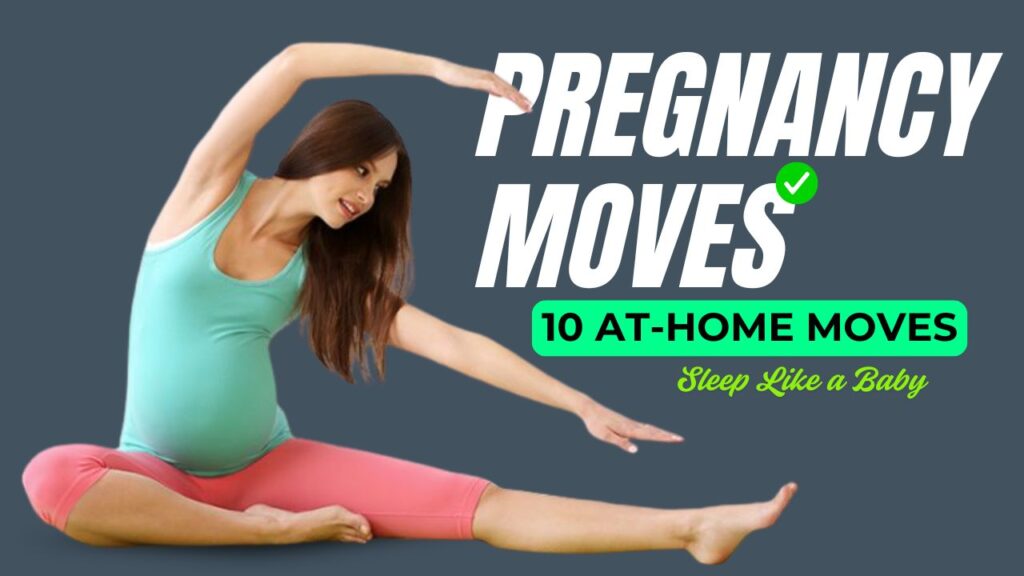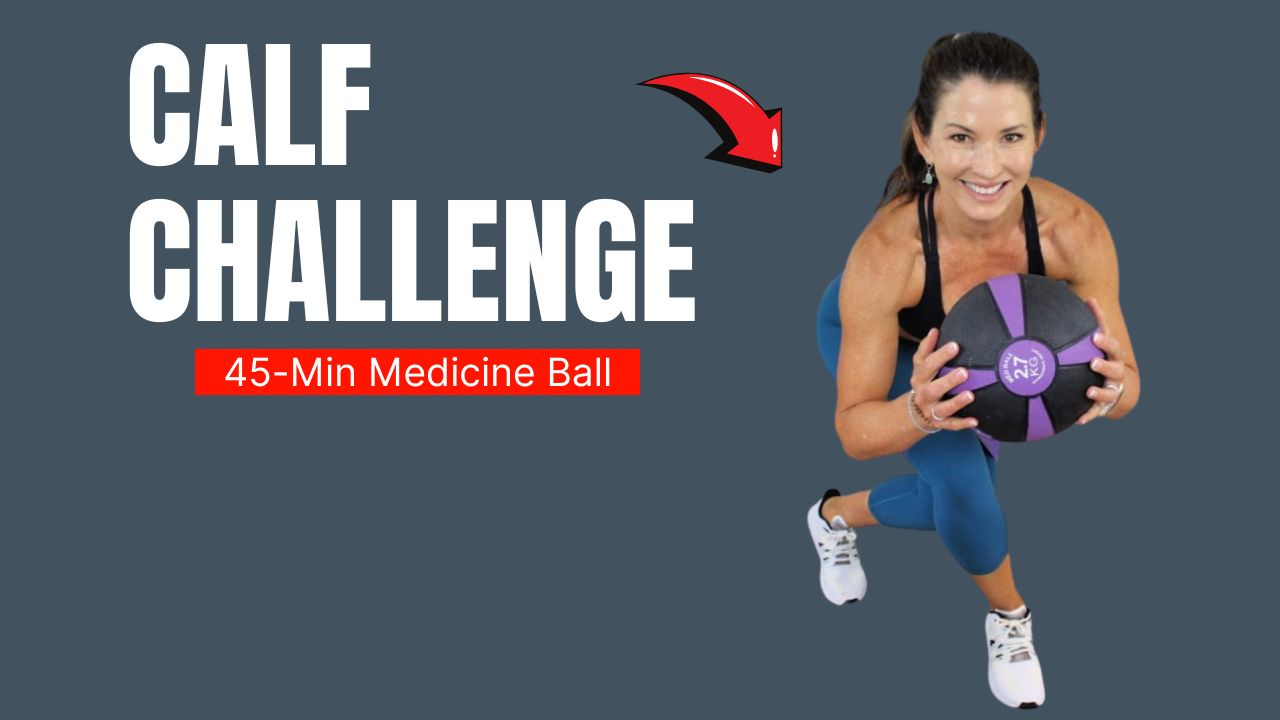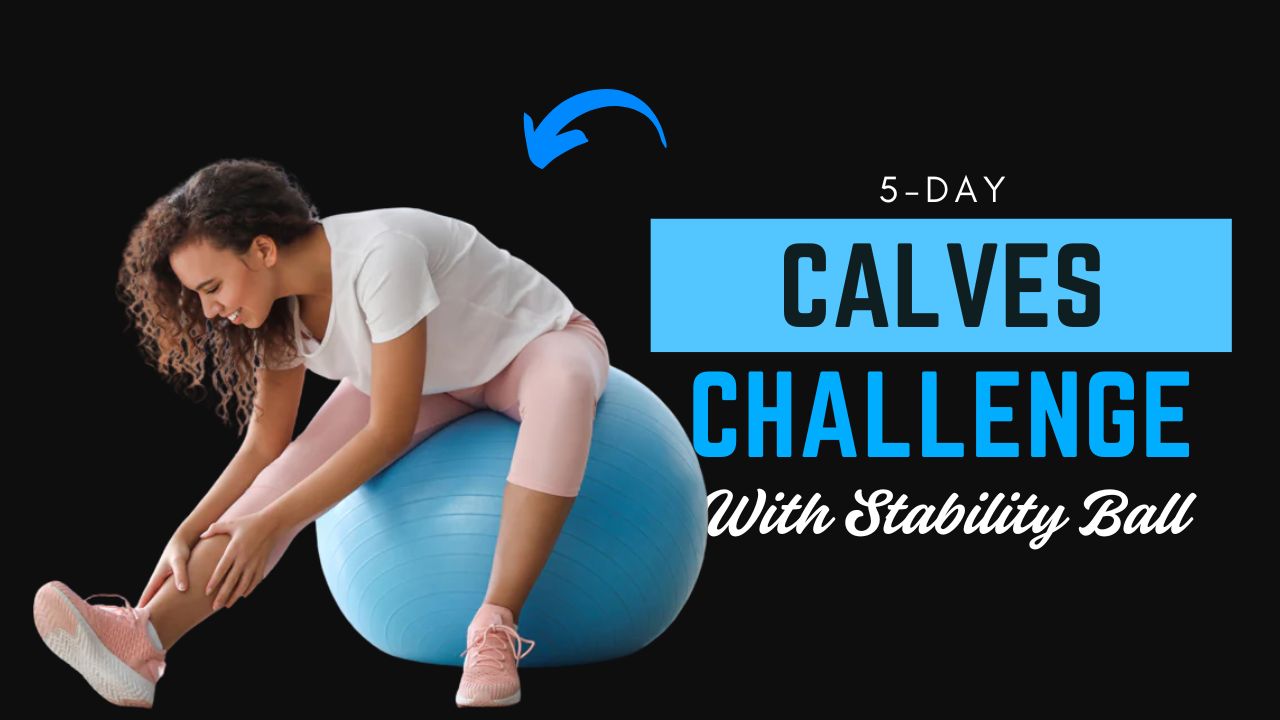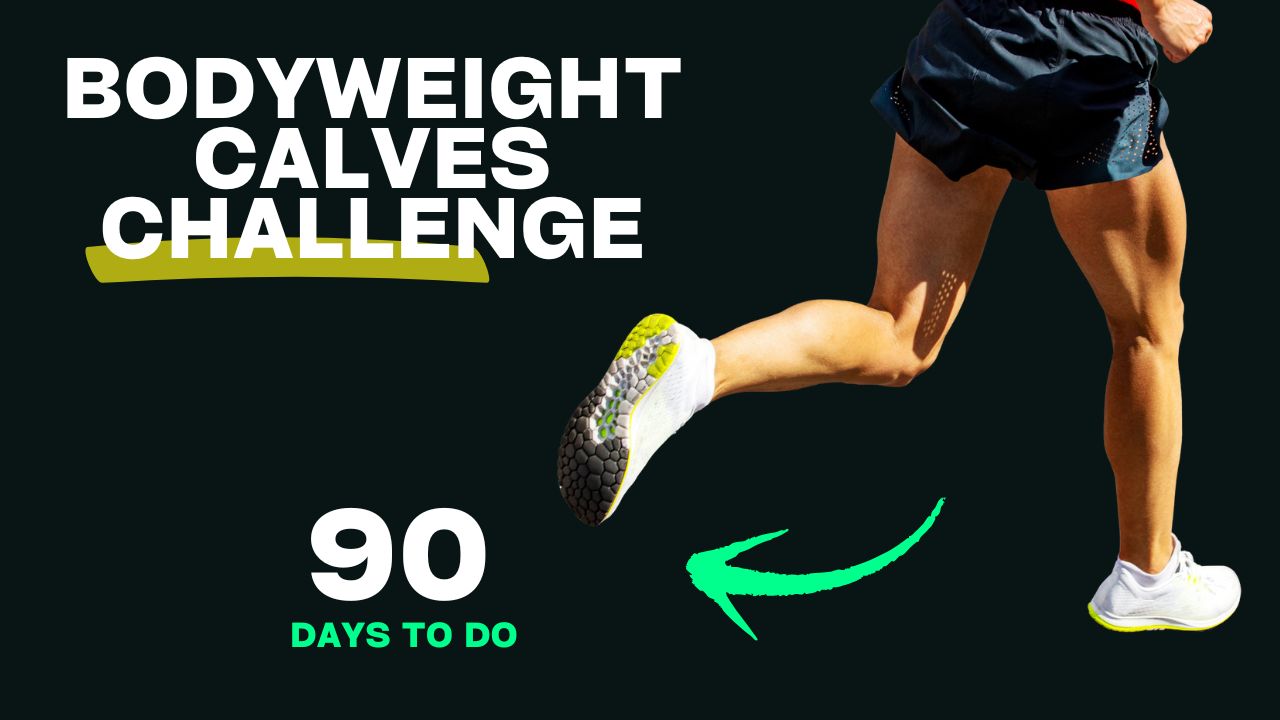Do you know? Staying active during pregnancy isn’t just safe—it’s actually one of the best things you can do for both your body and your baby. Yet, many expecting mothers still hesitate to move much, thanks to outdated myths and well-meaning but misinformed advice.
Here’s the truth: Proper, gentle exercises and stretches during pregnancy can ease discomfort, reduce back pain, improve posture, prepare your body for labor, and even help you bounce back faster postpartum. The key lies in doing the right moves—and doing them safely.
If you’re looking for effective and safe pregnancy workouts you can do right from your living room, this guide is for you. Each of these 10 exercises and stretches is designed to support your changing body, promote better circulation, and strengthen muscles you’ll rely on during childbirth.
Let’s dive into the top 10 at-home pregnancy workouts and stretches—complete with how-to instructions and the benefits each one brings.

Table of Contents
What Can Happen After 30 Days of At-Home Pregnancy Workouts
| Positive Change | How It Helps |
|---|---|
| Improved Posture | Reduces lower back pain and helps support your growing belly more efficiently. |
| Reduced Swelling & Discomfort | Promotes better blood circulation and reduces fluid retention in legs & feet. |
| Stronger Core & Pelvic Muscles | Enhances stability and supports your body for labor and delivery. |
| Better Sleep Quality | Gentle movement helps relax the body and calm the mind for deeper rest. |
| Increased Energy & Mood | Physical activity releases endorphins that fight fatigue and mood swings. |
| Less Back & Hip Pain | Stretching and mobility work help relieve tension and tight muscles. |
| Boosted Flexibility & Mobility | Prepares your joints and muscles for the physical demands of childbirth. |
| Better Balance & Coordination | Strengthening stabilizing muscles can reduce the risk of falls and wobbles. |
| Stronger Lower Body for Labor Support | Squats and leg work improve endurance and power for pushing during delivery. |
| Boosted Confidence in Your Changing Body | Regular workouts help you feel more in control and connected to your pregnancy. |
Do & Don’t: Safe At-Home Pregnancy Workout Guidelines
| Do | Don’t |
|---|---|
| Consult your doctor before starting any exercise routine. | Don’t begin intense workouts without medical clearance. |
| Focus on posture, breathing, and alignment during every move. | Don’t ignore pain, dizziness, or shortness of breath. |
| Choose low-impact exercises suited for your trimester. | Don’t perform high-impact, jerky, or bouncy movements. |
| Keep yourself hydrated before, during, and after your session. | Don’t exercise in extremely hot or humid environments. |
| Wear comfortable clothing and supportive footwear. | Don’t wear tight, non-breathable outfits that restrict movement. |
| Modify exercises as your belly grows—comfort comes first. | Don’t push your body beyond its comfort or energy limits. |
| Use props like a chair, wall, or birth ball for support if needed. | Don’t attempt balance-heavy moves without support. |
| Practice gentle stretches to relieve tension and improve mobility. | Don’t overstretch or bounce into positions—it can strain ligaments. |
| Incorporate pelvic floor and breathing exercises regularly. | Don’t skip strengthening your core and pelvic area entirely. |
| Rest when needed and listen to your body at all times. | Don’t compare your energy or progress to others—every pregnancy differs. |
10 Best Pregnancy Workouts & Stretches
1. Cat-Cow Stretch
Targets: Spine, core, lower back
Best for: Easing back pain and improving posture
How to Do It:
- Get on all fours with your hands under shoulders and knees under hips.
- Inhale: Arch your back gently, lifting your head and tailbone (cow pose).
- Exhale: Round your spine, tucking chin and pelvis inward (cat pose).
- Repeat for 10–12 rounds, breathing deeply.
Why It Helps: This stretch relieves tension in the lower back and improves spinal flexibility—perfect for combating pregnancy posture issues.
2. Wall Sit
Targets: Glutes, thighs, core
Best for: Building lower body strength to support pelvic stability
How to Do It:
- Stand against a wall with your feet shoulder-width apart, about 2 feet away from the wall.
- Slide down until your knees are at a 90-degree angle.
- Hold for 20–30 seconds and gradually work up to 1 minute.
- Stand up slowly and repeat 2–3 times.
Why It Helps: Strengthens key muscles used during labor and helps improve stamina without overexertion.
3. Seated Forward Stretch
Targets: Lower back, hamstrings, hips
Best for: Stretching tight muscles and relieving lower-body stiffness
How to Do It:
- Sit with legs extended, wider than hip-width.
- Gently lean forward, keeping your back straight, reaching your hands toward your feet.
- Hold for 20–30 seconds, breathing calmly.
Why It Helps: Increases flexibility in the hips and hamstrings, helping your body adapt to pregnancy weight shifts.
4. Pelvic Tilts
Targets: Pelvic floor, lower back, abdominal muscles
Best for: Preparing for labor and supporting the spine
How to Do It:
- Lie on your back with knees bent (use a pillow or wedge if lying flat is uncomfortable).
- Tighten your abdominal muscles and gently tilt your pelvis upward.
- Hold for a few seconds, release, and repeat 10–12 times.
Why It Helps: Strengthens the pelvic area and may help with optimal baby positioning.
5. Side-Lying Leg Lifts
Targets: Hips, thighs, glutes
Best for: Strengthening muscles that support balance and alignment
How to Do It:
- Lie on your side with legs extended and stacked.
- Lift your top leg to hip height, keeping it straight.
- Lower it slowly and repeat 10–15 reps per side.
Why It Helps: Improves pelvic stability and helps reduce sciatic nerve pain, common in the later stages of pregnancy.
6. Butterfly Stretch
Targets: Inner thighs, hips, groin
Best for: Relaxing and opening the pelvic area
How to Do It:
- Sit with your feet together, knees bent outward.
- Hold your feet and gently press knees toward the floor.
- Hold for 30 seconds, then slowly release.
Why It Helps: Enhances hip flexibility, which can aid in easier labor positioning and reduce tightness in the groin area.
7. Modified Squats
Targets: Glutes, hamstrings, thighs, core
Best for: Strengthening legs and pelvic floor
How to Do It:
- Stand with feet hip-width apart, holding a sturdy chair or wall for support.
- Lower into a squat, keeping your back straight and knees behind your toes.
- Return to standing. Do 8–10 reps.
Why It Helps: Encourages better circulation in the lower body and supports pelvic alignment for labor prep.
8. Chest-Opening Stretch
Targets: Shoulders, chest, upper back
Best for: Counteracting slouching and improving posture
How to Do It:
- Stand or kneel, interlace your fingers behind your back.
- Gently lift your arms and open your chest.
- Hold for 20–30 seconds.
Why It Helps: Relieves tightness from breast and belly growth that can cause rounded shoulders or upper back strain.
9. Hip Circles on Birth Ball (or Chair)
Targets: Hips, pelvis, lower back
Best for: Easing pelvic discomfort and improving baby positioning
How to Do It:
- Sit upright on a birth ball (or a firm chair).
- Gently roll your hips in circles—first clockwise, then counterclockwise.
- Continue for 1–2 minutes per direction.
Why It Helps: Loosens tight hips and can aid in relieving round ligament pain, especially in the second and third trimesters.
10. Deep Breathing & Diaphragmatic Breathing
Targets: Core, diaphragm, nervous system
Best for: Stress relief and preparing for labor breathing techniques
How to Do It:
- Sit comfortably, shoulders relaxed.
- Inhale deeply through your nose, allowing your belly to rise.
- Exhale slowly through your mouth.
- Repeat for 5–10 minutes daily.
Why It Helps: Promotes relaxation, lowers blood pressure, and trains your body to breathe deeply during contractions.
Final Thoughts
Pregnancy isn’t a time to push limits—but it’s definitely not a time to avoid movement. These 10 at-home pregnancy workouts and stretches are ideal for easing common discomforts, boosting your energy, and preparing your body for labor and postpartum recovery.
Remember: Always consult with your healthcare provider before starting or modifying your exercise routine during pregnancy, especially if you have any complications or concerns.
Your body is doing something incredible—support it with gentle, purposeful movement.
Frequently Asked Questions (FAQs)
Is it safe to exercise during pregnancy?
Yes, for most women with healthy pregnancies, exercising is not only safe but highly recommended. It can reduce common discomforts like back pain, promote better sleep, and even support a smoother labor. Always consult your healthcare provider before starting any new routine.
Which trimester is best to start prenatal workouts?
You can start exercising in any trimester as long as your doctor approves. Ideally, begin early in pregnancy to gradually build strength and stamina. However, even if you’re in your second or third trimester, gentle workouts and stretches can still be very beneficial.
How often should I work out while pregnant?
Aim for about 20–30 minutes of moderate activity on most days of the week. You can break this into smaller sessions if needed. Stretching and light movement daily can also help with flexibility and circulation.
Are at-home workouts enough during pregnancy?
Absolutely. Many safe and effective pregnancy exercises can be done at home using just a mat, a chair, or a stability ball. The key is consistency and focusing on safe movements suited for each trimester.
What types of exercises should I avoid during pregnancy?
Avoid high-impact, contact, or high-risk activities such as jumping, intense core work (like crunches), lying flat on your back for extended periods after the first trimester, or anything that causes discomfort, dizziness, or pain. Hot yoga and heavy lifting are also best avoided.
Can exercise help with labor and delivery?
Yes. Strengthening your core, pelvic floor, and lower body can improve endurance and support optimal baby positioning. Exercises like pelvic tilts, squats, and breathing work can help your body prepare for labor.
Do I need special equipment for pregnancy workouts?
Not necessarily. Most at-home pregnancy workouts use body weight, a yoga mat, or a chair. A stability ball and resistance band can be helpful but are optional.
Can stretching help with pregnancy back pain?
Yes. Stretches like Cat-Cow, Butterfly, and Hip Circles relieve back tension, open tight hips, and improve posture—all of which can significantly reduce back pain during pregnancy.
Should I still work out if I’m feeling tired or nauseous?
It depends. Gentle movement, such as walking or light stretching, may help with fatigue and nausea. However, if you’re feeling unwell, it’s okay to rest. Always prioritize how you feel.










